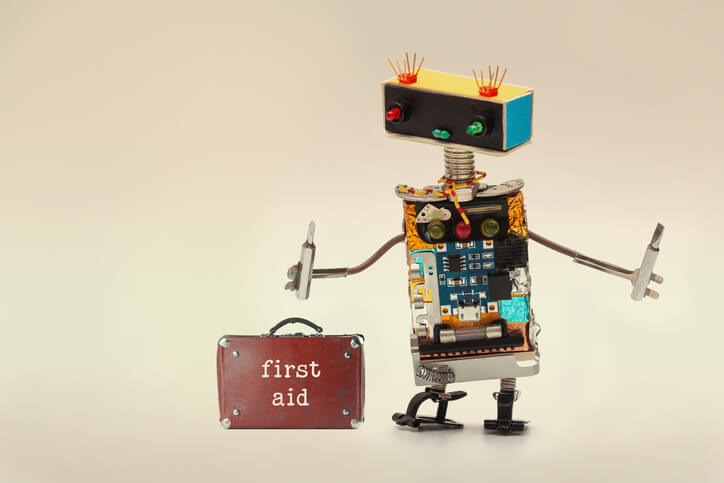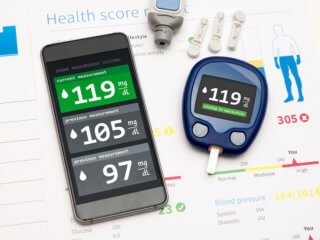In the last two decades, it has been found that there is a lot of development in the medical field. Humans started thinking and let the robots to make a step forward in the realm of medicine. Now robots are showing their capabilities in the operation theaters. First, they had entered into this field to assist and due to their unique characteristics; they are now ruling the medical field. Surgical robots were introduced first, and later many of them are said to be introduced based on our requirement. In the recent days, many cutting edge technologies are invented, and many flagship products are supposed to be submitted by the manufacturers. No doubt, robots in medicine could revolutionize the future. What would life be like if?
| Recommended for you | |
| Key medical robots manufacturers | |
| Hygiene robots clean hospitals automatically | |
| Latest projects in digital health sector |
Real time applications of robots in medicine
Robots handle the promise of addressing some major health care issues where it ‘s hard to introduce a human hand. Here are some of them:
- Surgical robots replace human hands
Talking about the robots in medicine, we have to specify the surgical robots strictly because they are the first ones to step into the field of medical robotics. The task of surgery involves cutting, removing tumors inside the body and then stitching, which is somewhat difficult for a human. There are also risks if the surgery is not done perfectly and patiently. So, robots which perform the work precisely are involved in this field. Some of them are:
- Da Vinci is a teleoperated robot for performing abdominal surgeries which translate surgeon’s movements into more precise robotic movements.
- TSolution One is an Orthopaedic Surgical robot which can cut through the bone at incredibly precise angles and provides best possible alignment and stability for artificial joints.
- Flex is another surgical robot. It can steer down a patient’s throat, identifies the spot and allows the surgeon to deploy tools and operate.
- Renaissance robot provides guidance during spinal surgery by utilizing 3D scans to analyze a patient’s anatomy.
- Cyberknife, which cures tumors in areas that were difficult to be reached by a human including those in the brain, spine, and lungs by targeting beams of high dose radiation from any angle.
These surgical robots are very much skilled and can perform the operation more precisely.
- A 70-year Old man gets done with his Mirrored View
Dr. William Beaver, 70, an assistant priest at St. Mary the Virgin, Iffley, Oxford is suffering from distorted image (like a room of mirrors) view due to a membrane which is growing on the surface of his retina. This membrane is about 100th of a millimeter thick and is needed to be dissected off the retina without damaging it. Surgeons can do this with laser scanners and microscopes by slowing the pulse and timing movements between heart beats, but a robot can make it much easier.University of Oxford Surgeons at Oxford’s John Radcliffe hospital used Robotic Retinal Dissection Device (R2D2), a remotely controlled robot with seven independent computer-controlled motors resulting in movements as precise as 1000th of a millimeter in scale, and eradicated the membrane. This is the first surgery to undergo in this methodology. Sounds great! Isn’t it?
- Drones take flight along the streets of Africa
We all know that Africa is very rich in animal and plant life. But the roadways and infrastructure to move cargo by land aren’t so widely developed. So, it ‘s hard to carry medical supplies within the roads of rural areas in Africa. So, Zipline developed a robotic technology comprising of drones carrying blood and urgent medical supplies to the countryside. - Robots stepped into Pharmacy
The University of California which is at San Francisco Medical Centre is using RIVA robots, made by Intelligent Hospital Systems, for dispensing medication from its hospital pharmacy. This is to minimize the chances of patients receiving the wrong medication. The principal aim of this system is to provide right medication to right patients. All of the robots work within a secure, sterile environment, which is said to be great, reduces the chances of drug getting contaminated. They are also used to train the students studying pharmaceutical science. This system has provided errorless medicines to all the patients out of 3, 50,000 doses of oral and injectable medication.
Image credit: www.istockphoto.com

















